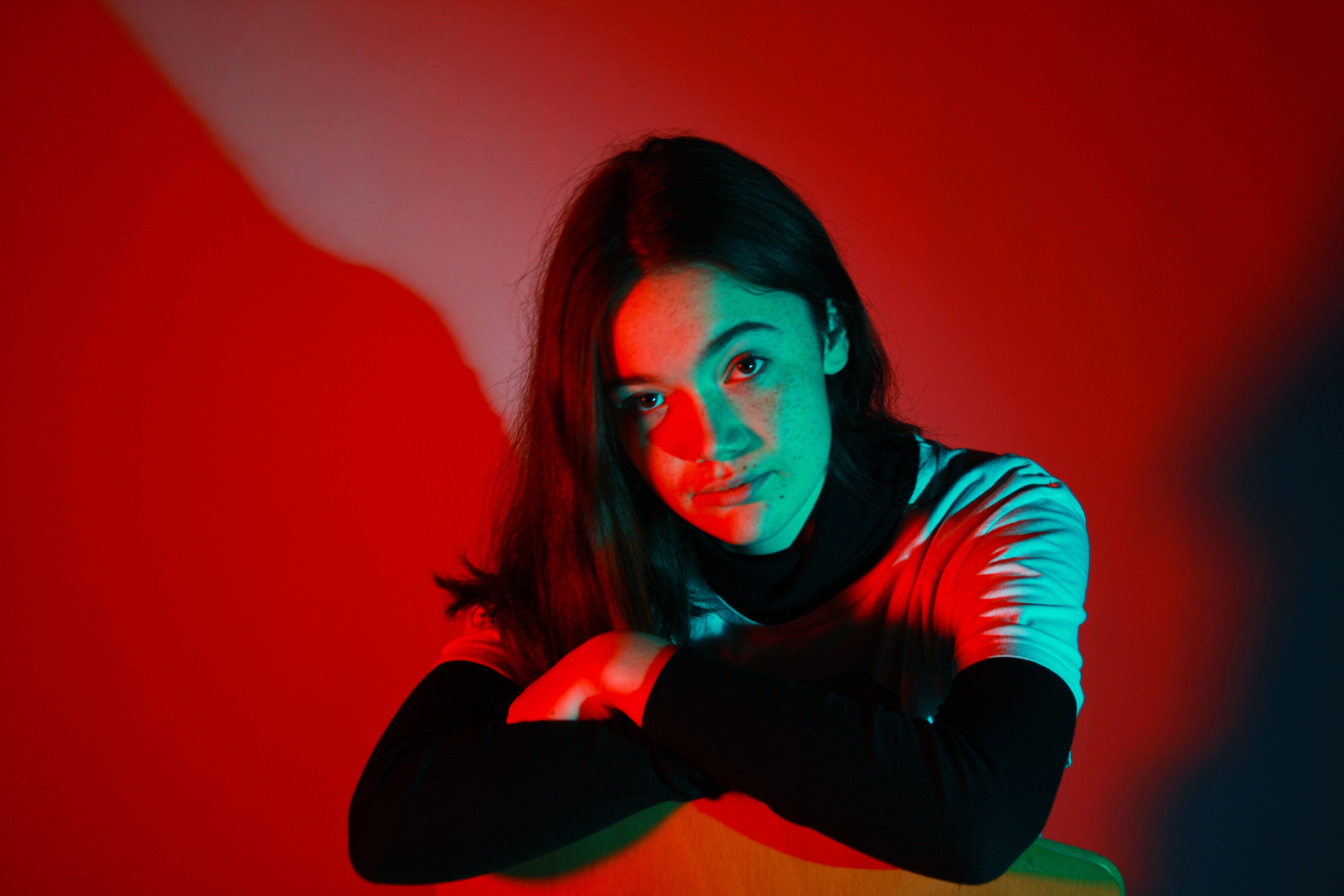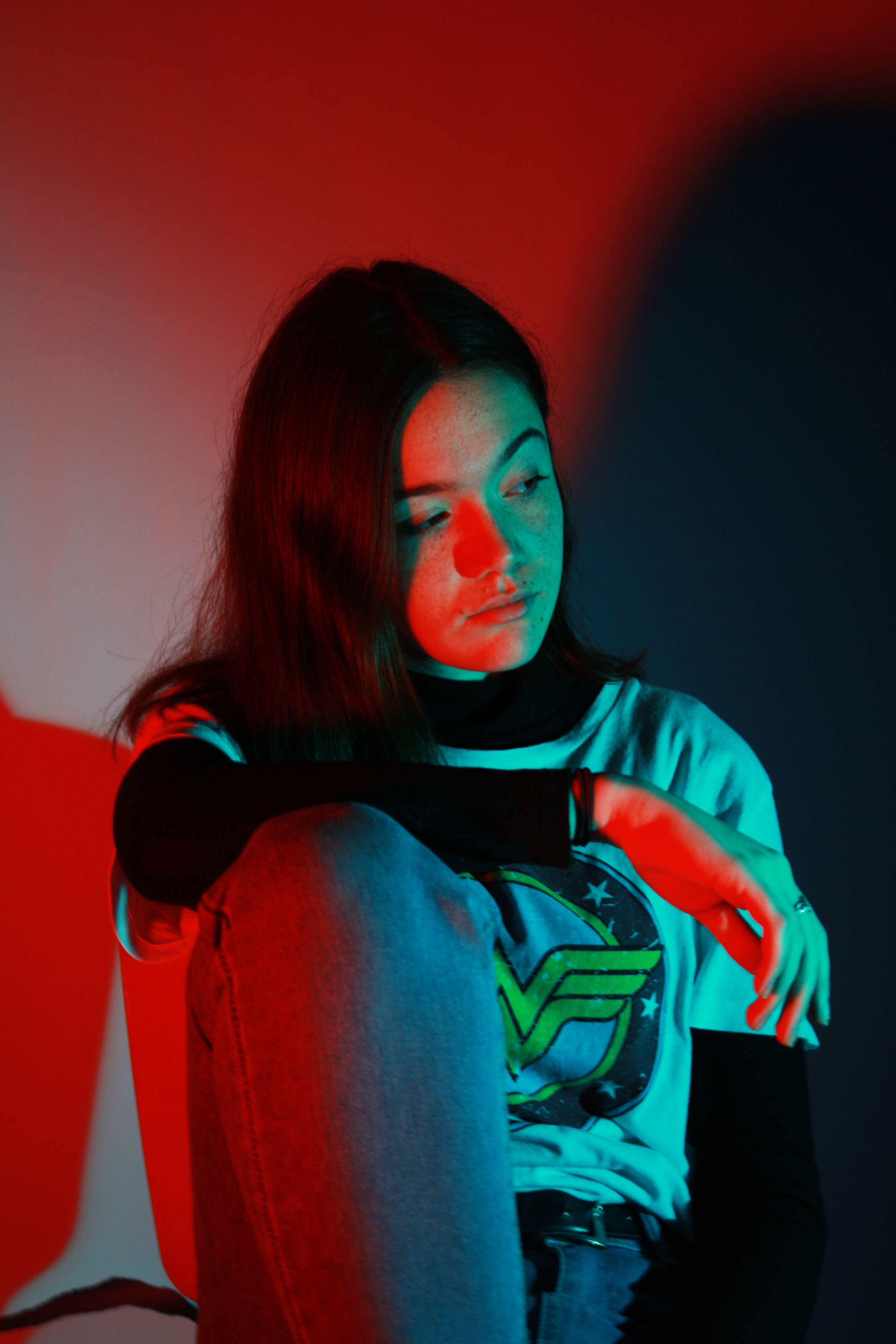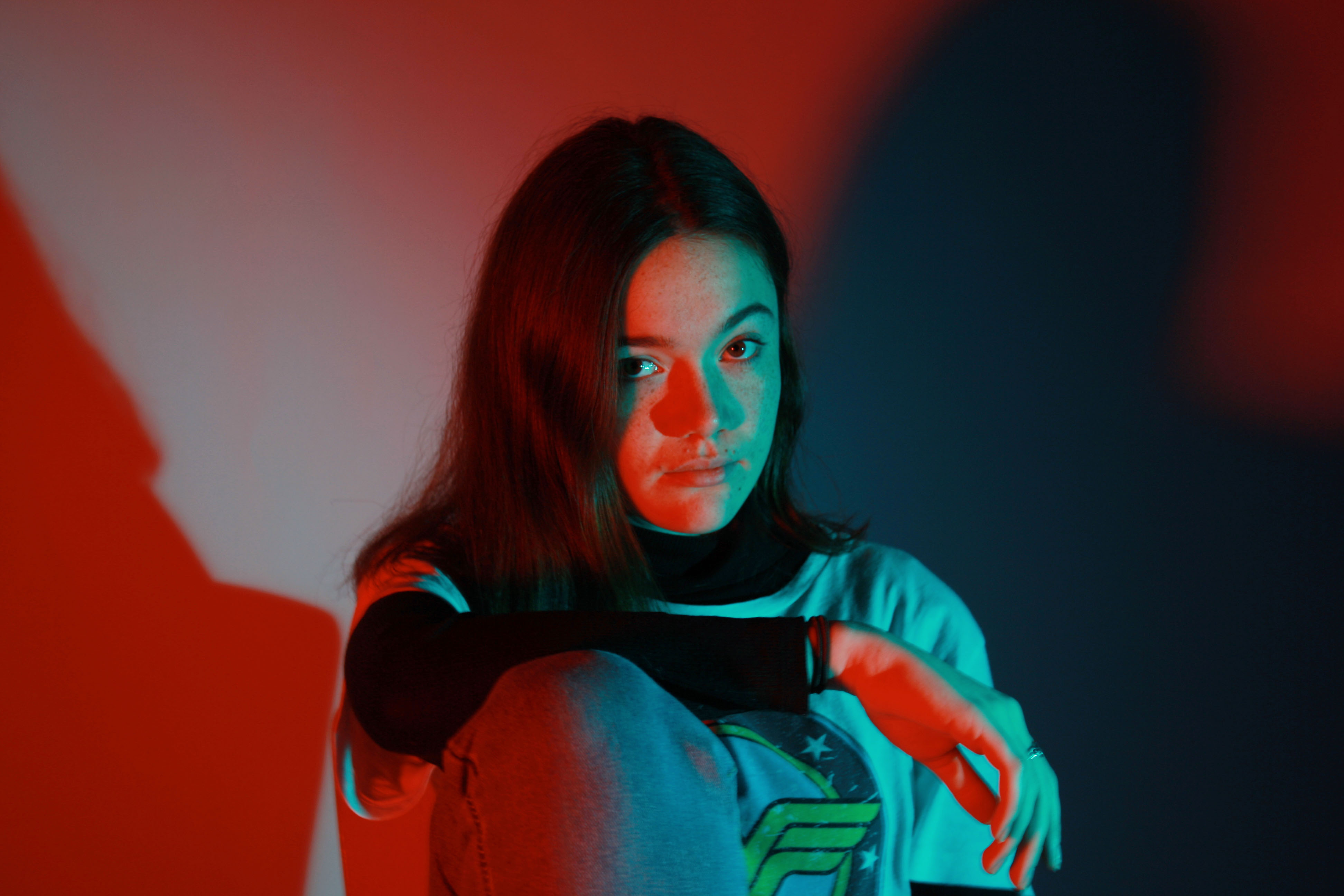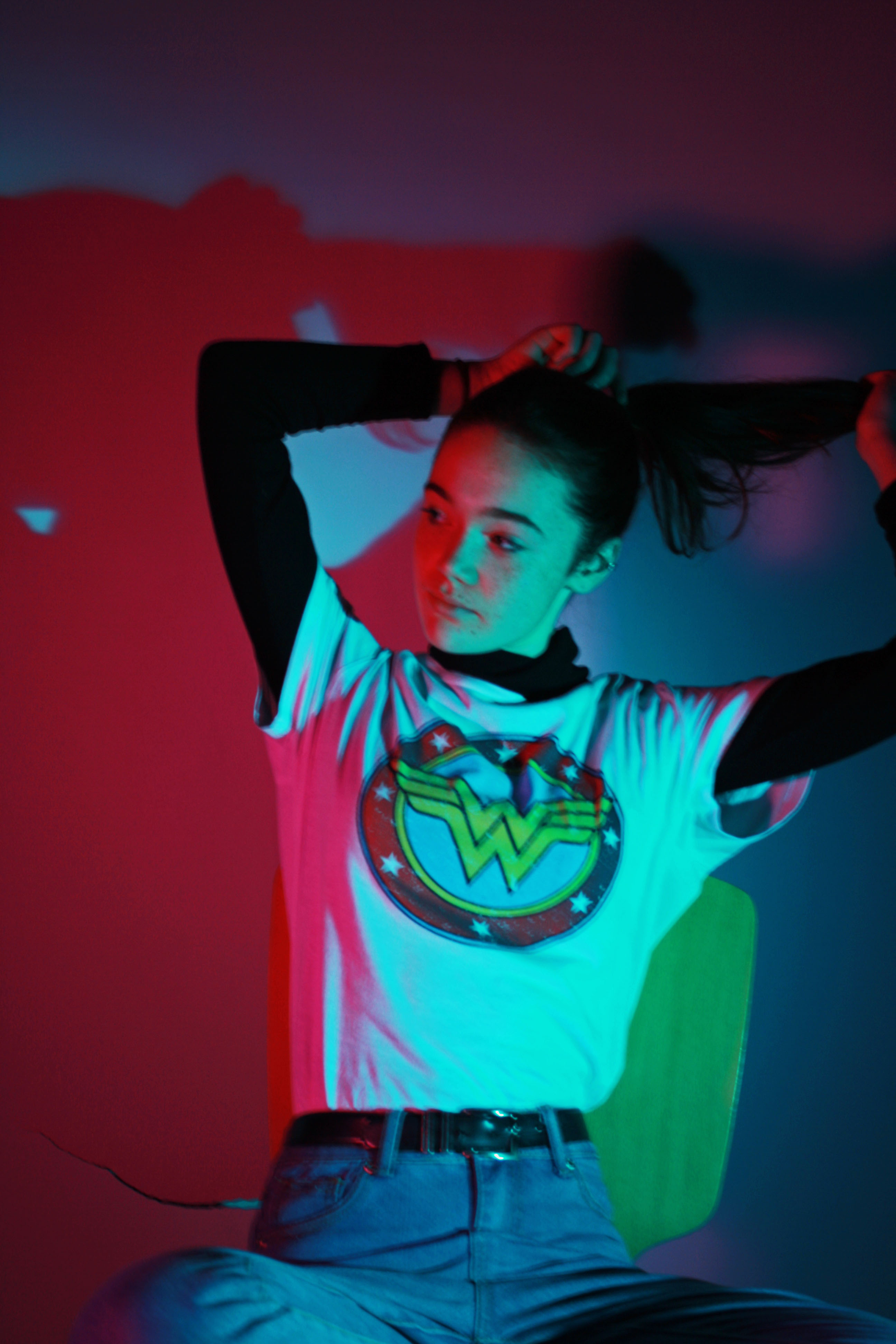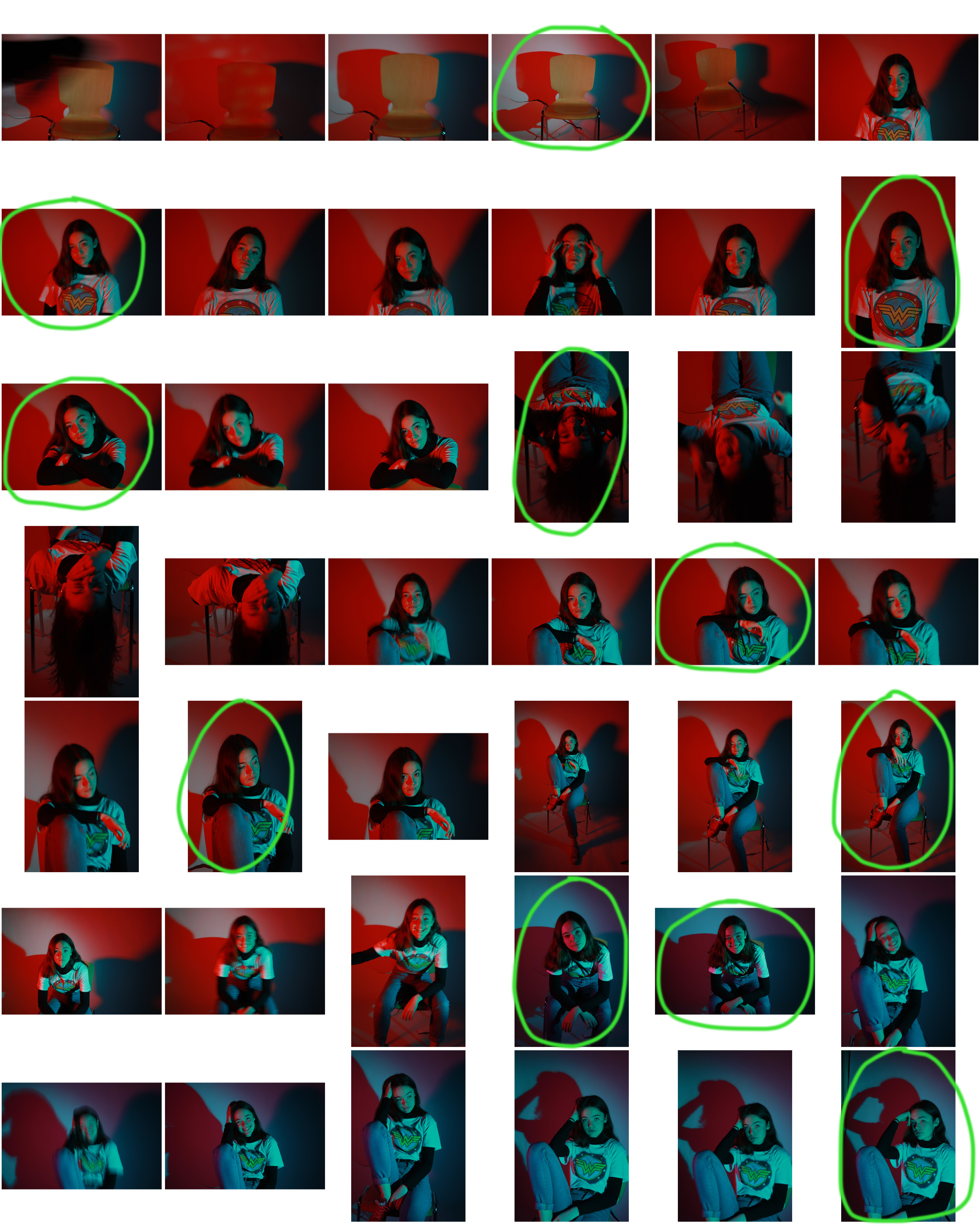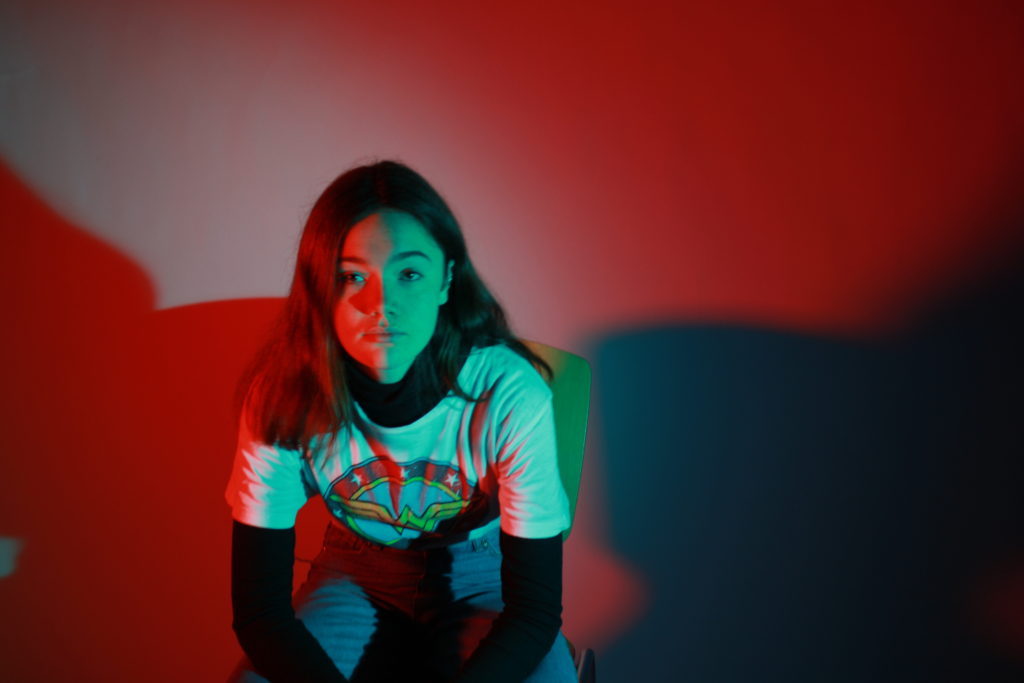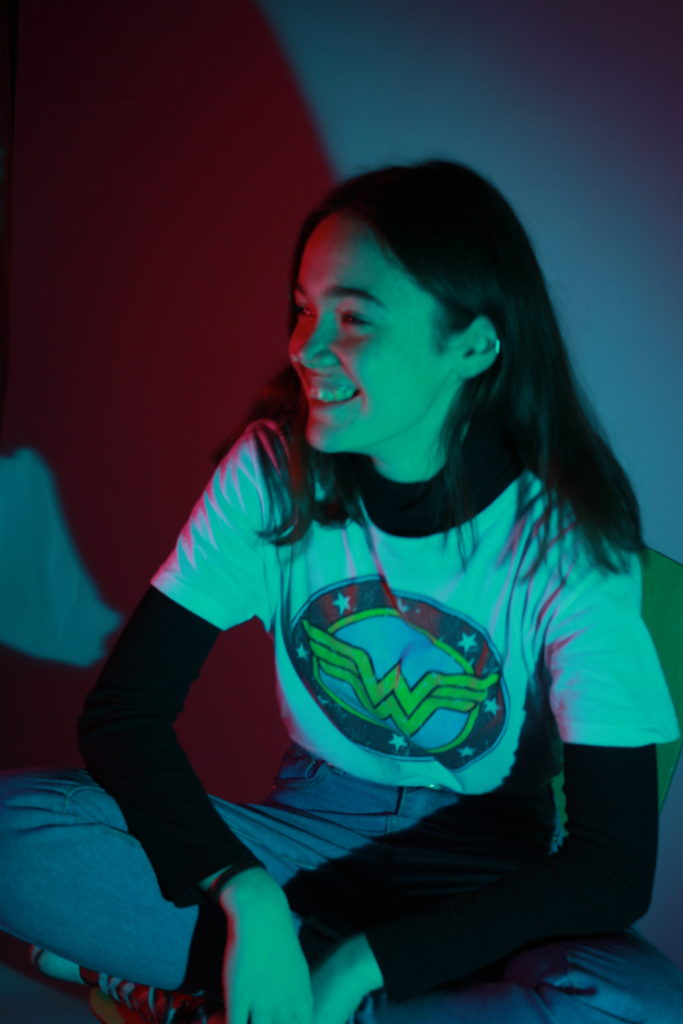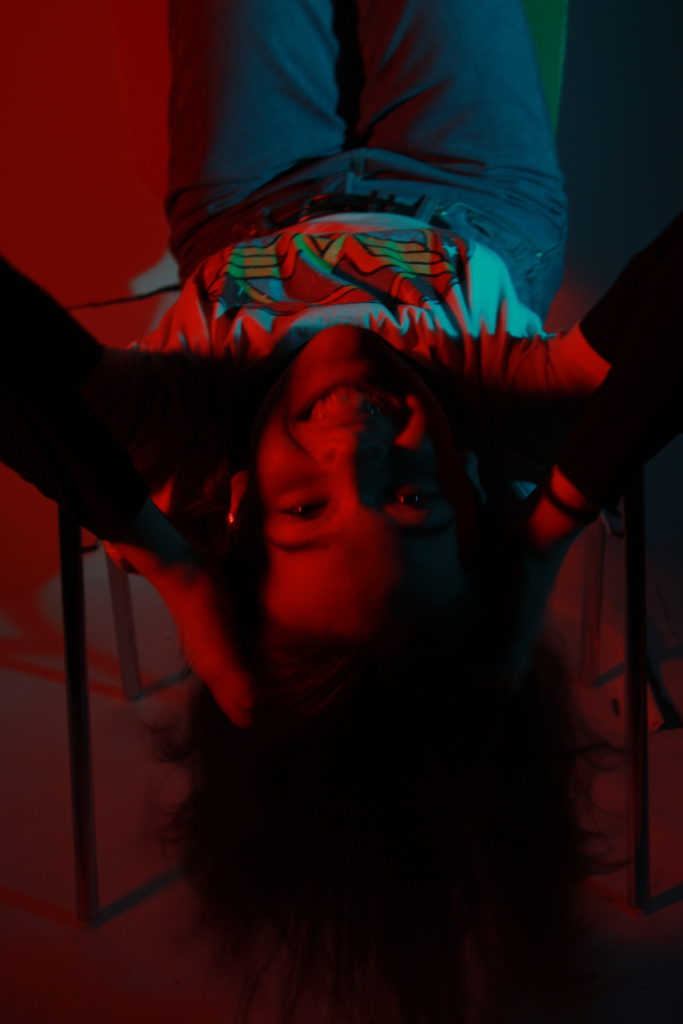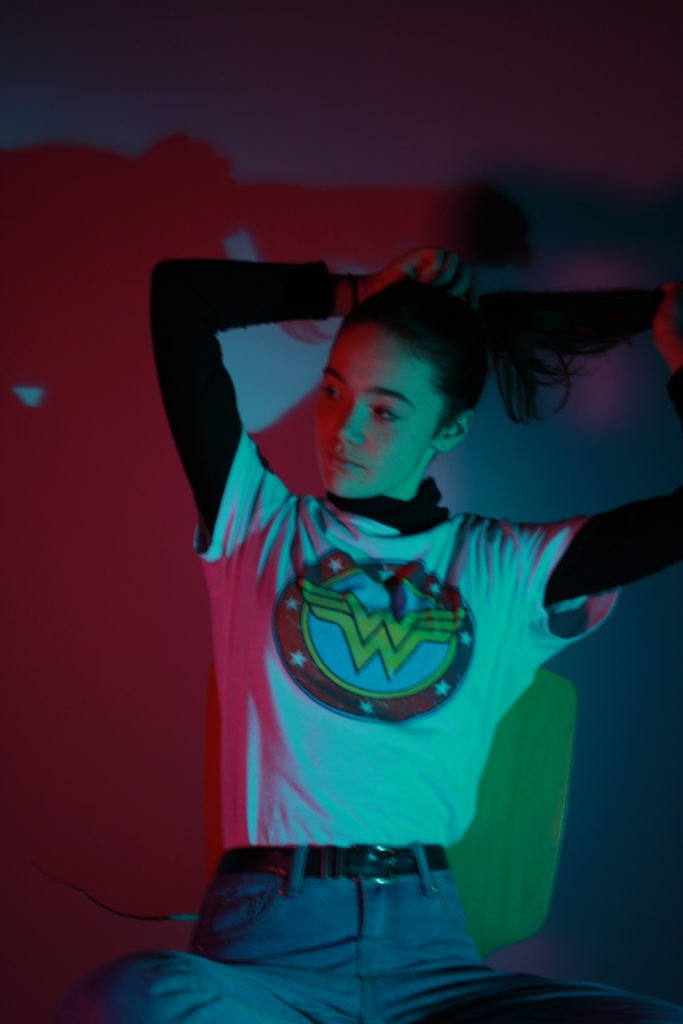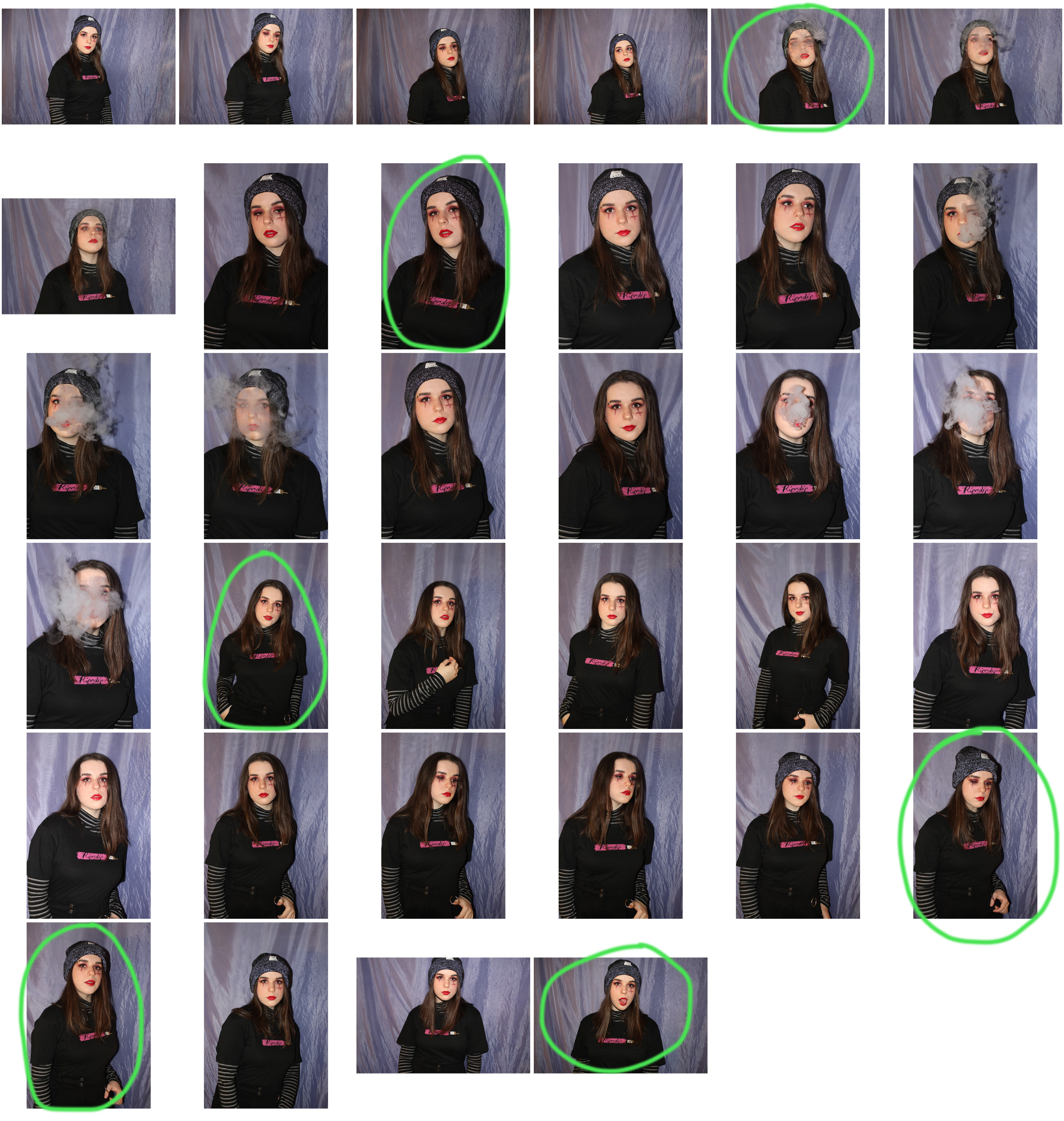


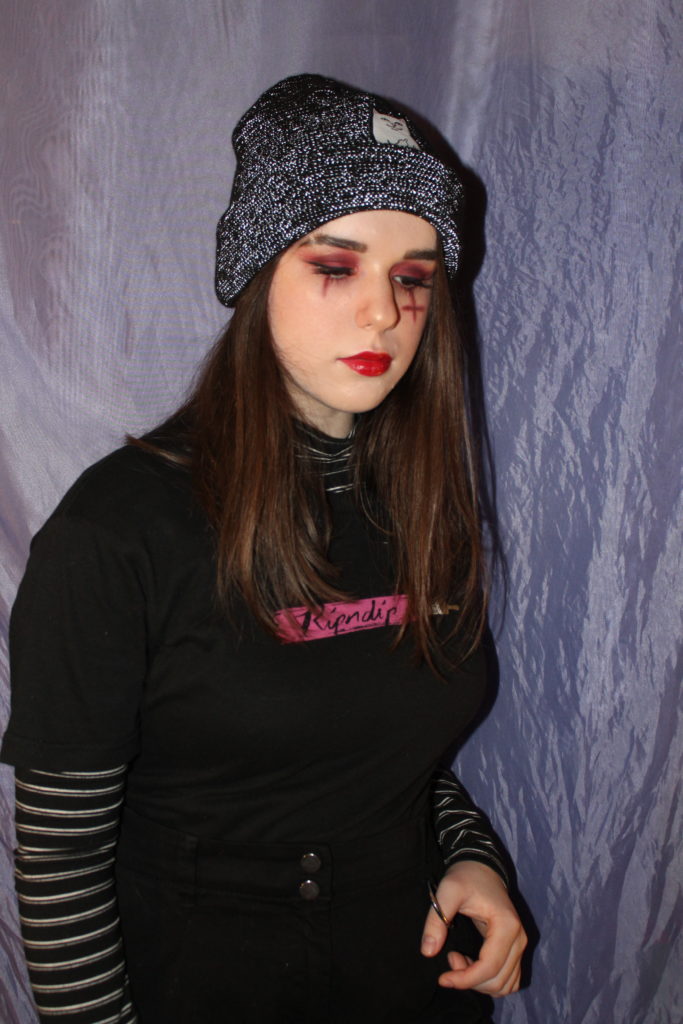
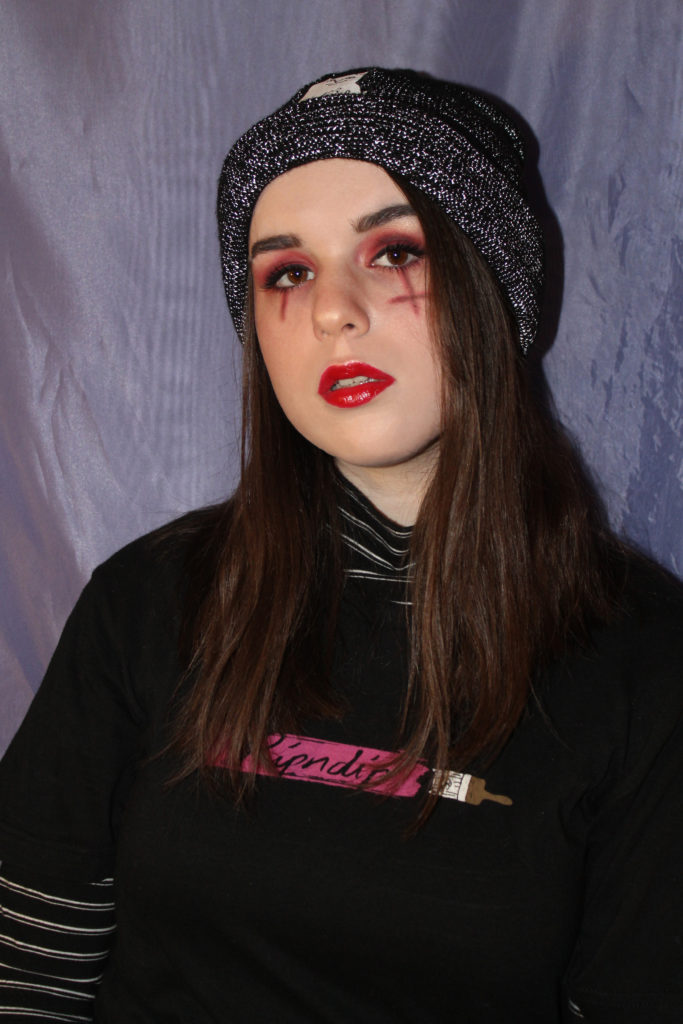
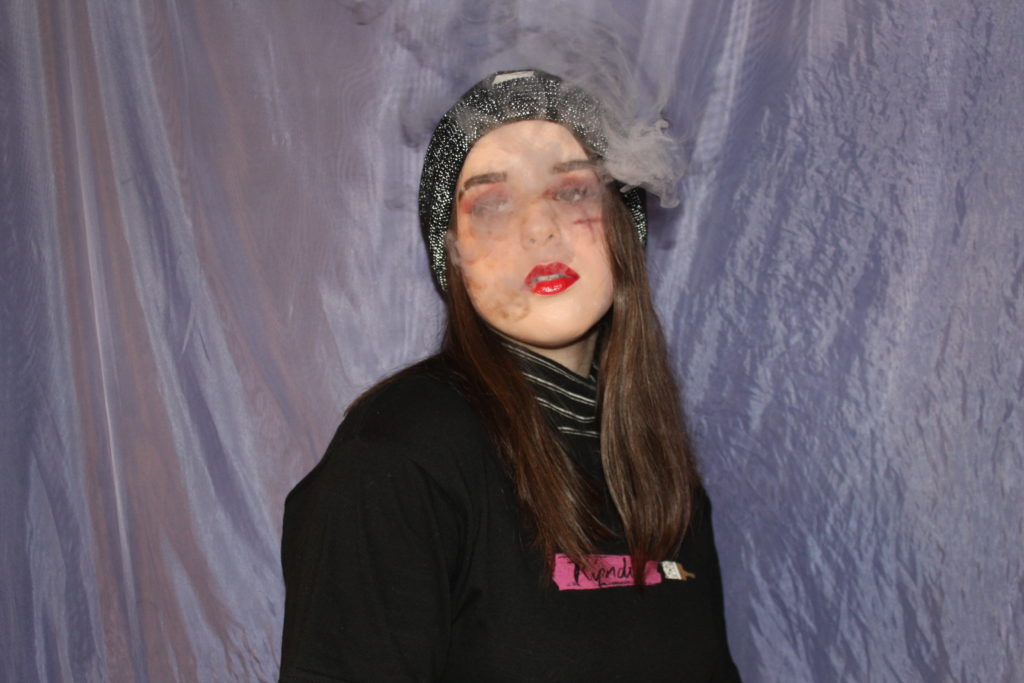

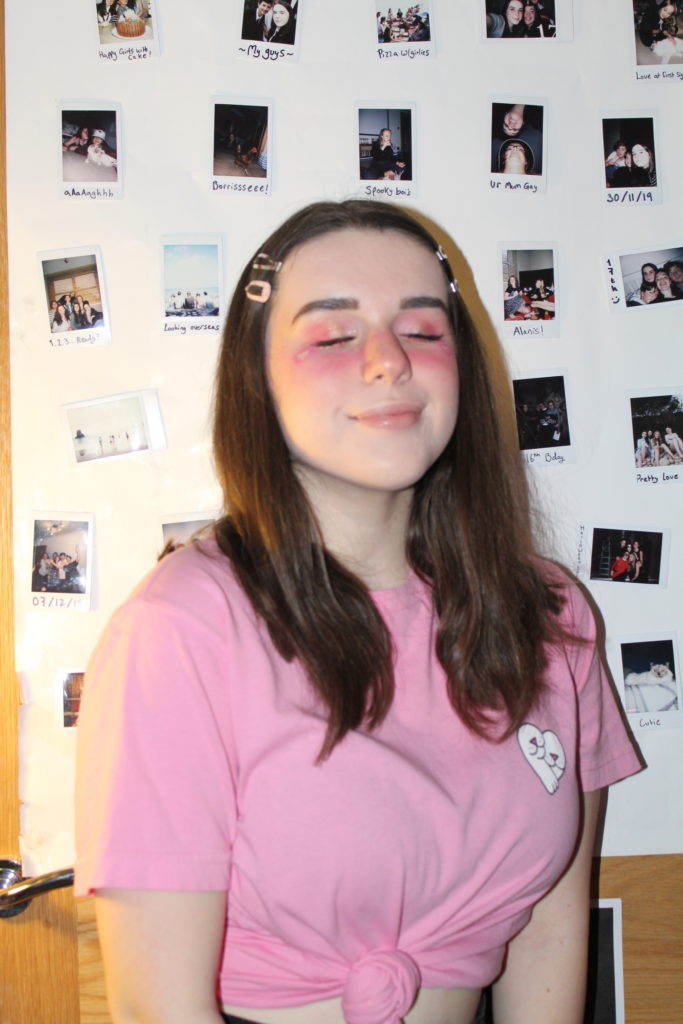
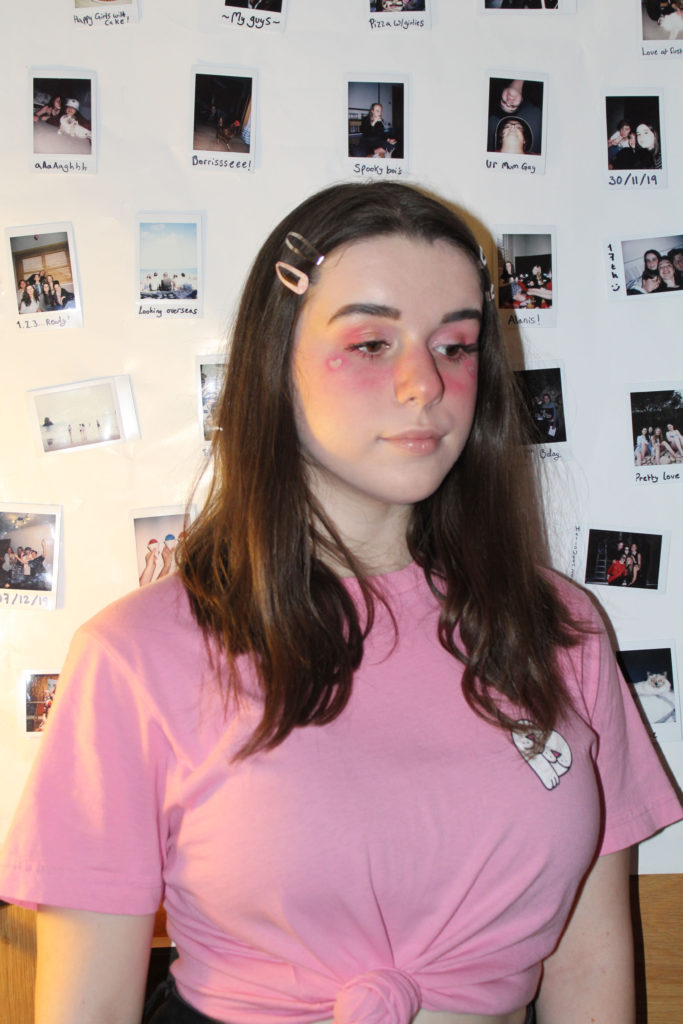

WHO
I will be using only myself in all the photo shoot’s
WHAT
Myself with multiple different styles – hair, makeup and clothes
WHEN
Anytime at home with enough time to create the look and photograph, perhaps 2 times a week after school
WHERE
In my bedroom with a plain background, either the blue wall or opaque curtain
Why
By using plain scenes in my bedroom, i can keep a neutral background so all the contrasting change is focused on me and the different styles
How
Using a self timer and a tripod, with a a 10 second wait and multiple shot of 3 at a time
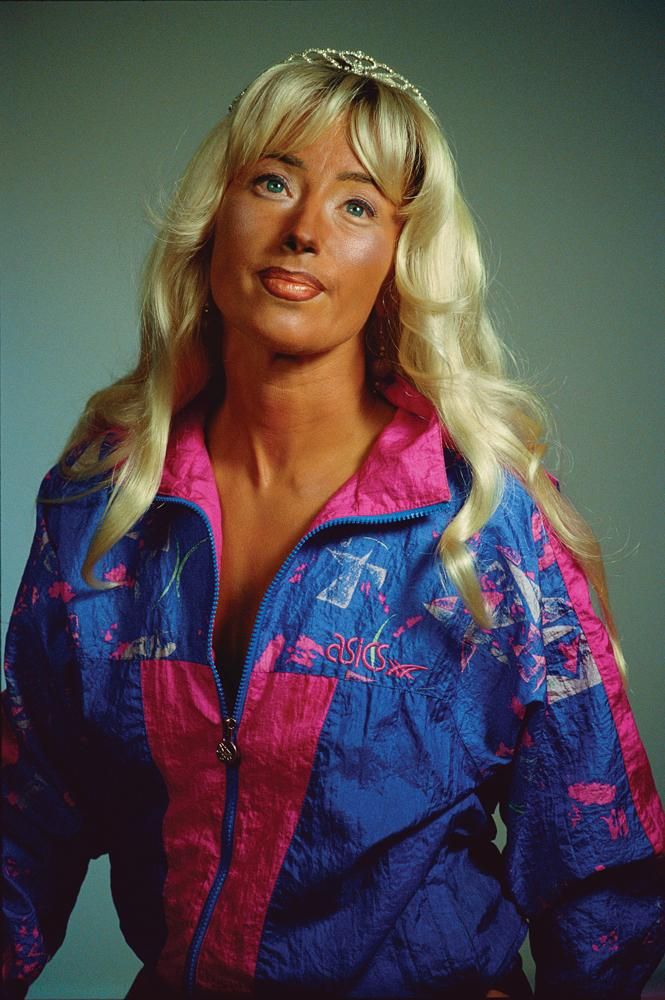
Technical
Cindy would have used a flash and self timer on a tripod. She has clearly positioned herself for the image with a quick shutter speed as it is a sharp image with no motion blur. The flash allows for all the colour to be highlighted, and give a shine to the blonde wig. It may have had a high sensitivity as the image looks slightly grainy, but would of had a general ISO of 100 as was taken indoors in a studio.
Visual
Visually there is a vignette effect around the edges with the lightest areas in the top center, to highlight her face. The image was also probably cropped as it has her clear in the full frame of the image. The image would have been saturated to emphasis the colour’s of both her jacket and skin
Contextual + Conceptual
Cindy completely turns transforms herself into lots of different personas to show an expression of all the kinds of people you can find in the world. This image was based on the character of the general look of a teen in the 80s. She used a strong saturation or foundation colour to show how skin tones were altered then for a desired ‘tan’ look, and also showed the vibrant blocked colours that were common at the time. The darker lined lips and lighter lipstick was also around in the 80s and so she kept true to the dated theme
Cindy Sherman is an American photographer and filmmaker whose work consists exclusively of photographic self-portraits, depicting herself in many different contexts and as various imagined characters. She was born January 19, 1954 in New Jersey, USA. Her seminal series Untitled Film Stills (1977–1980) being particularly important in her claim to photographer fame.
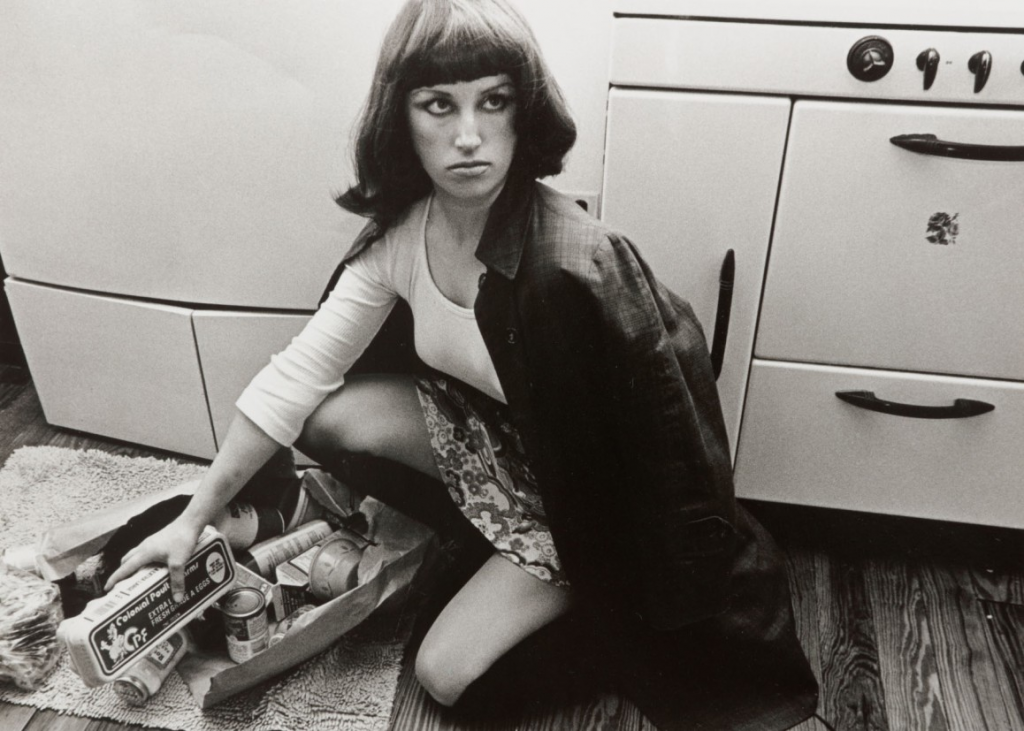


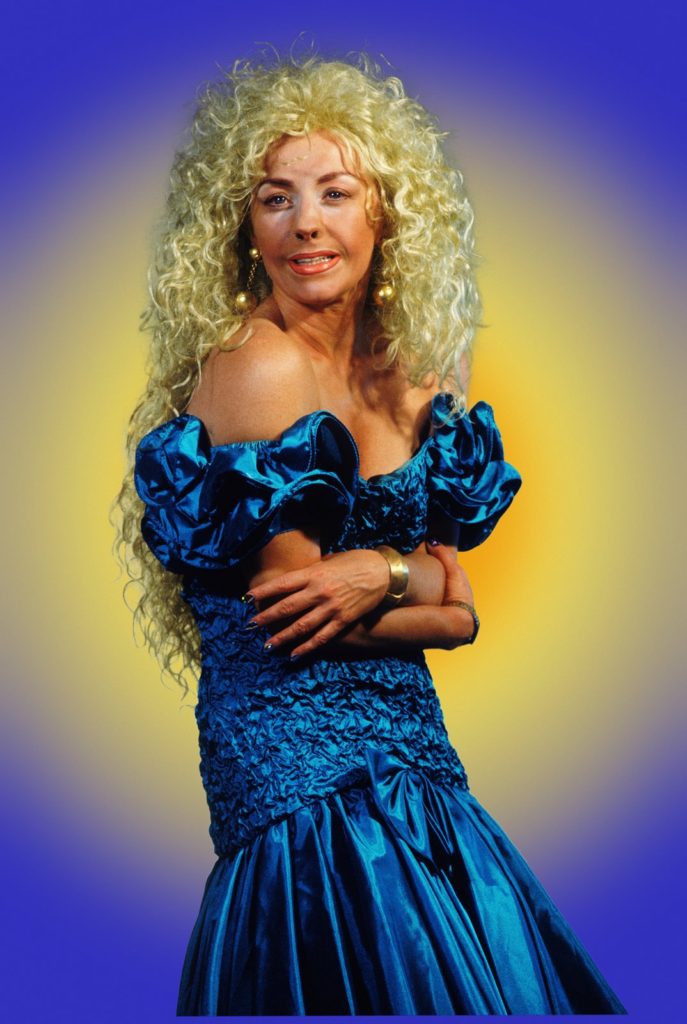
Sherman uses the camera and the various tools such as makeup, costumes, and stage scenery, to recreate common illusions, or iconic “snapshots,” that signify various concepts of public celebrity, self confidence, sexual adventure, entertainment, and other social conditions.
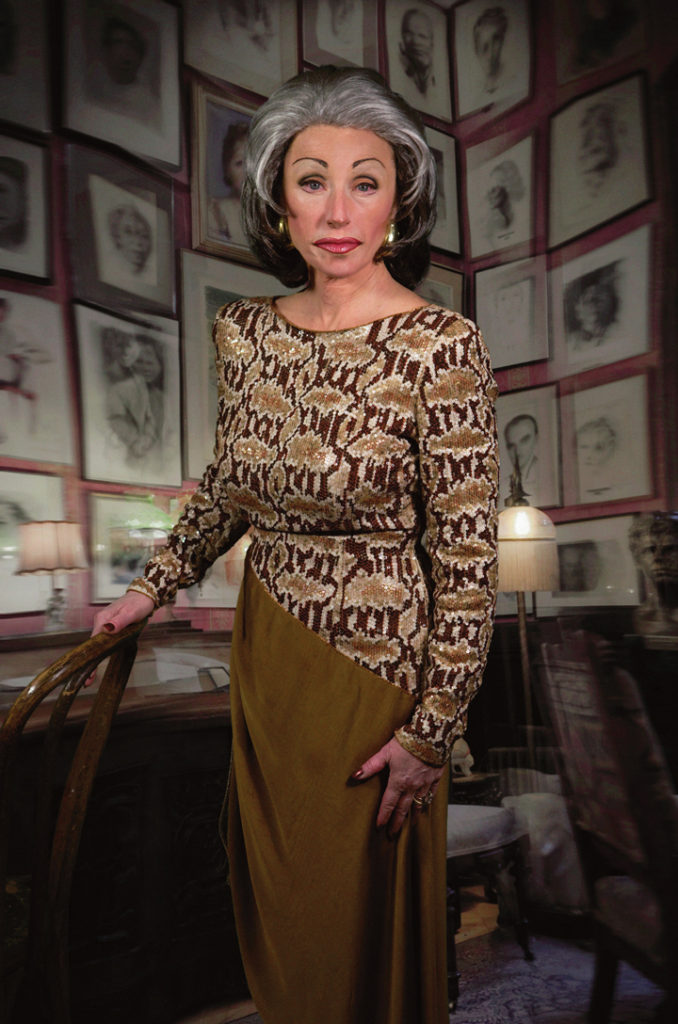
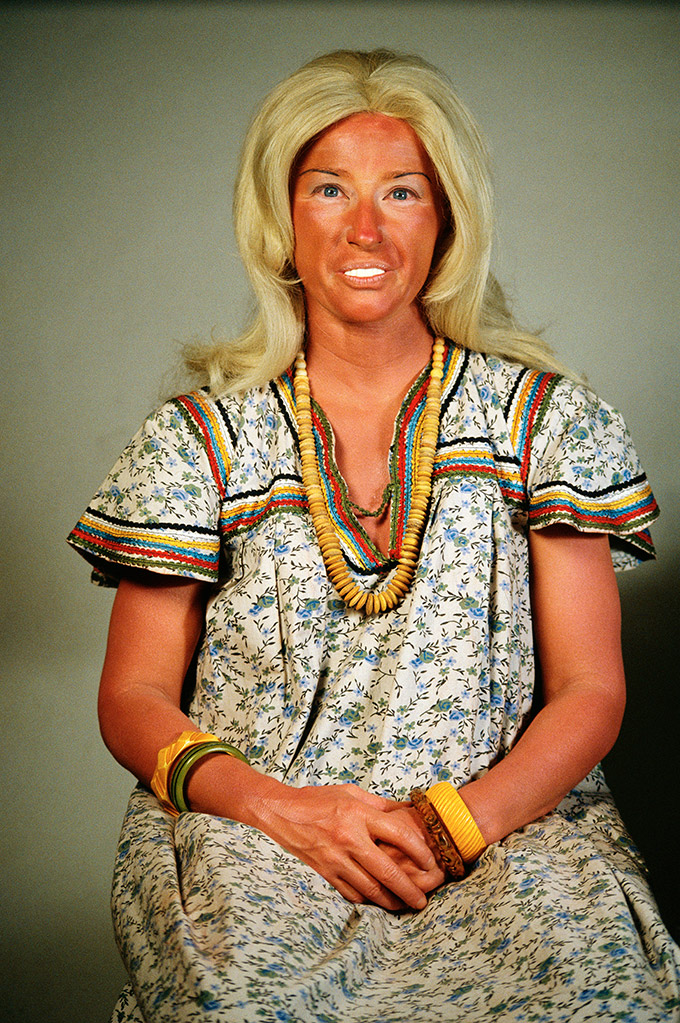
As a part of her Untitled Film Stills Some critics criticized her for catering to the male gaze and perpetuating the objectification of women; however, others understood Sherman’s approach as critically-ironic parody of female stereotypes.
Following the work of Cidney Sherman, im looking at how makeup and your appearance can change peoples perspective on you, from day to day or however you choose. This moodboard collects fashion and styles from past periods such as the 1920s, 1950s, and the 1980s, and then a few current styles among teens which shows further change, including styles like ‘egirls’, ‘softgirls/vsco’ and a general evening or going out look.

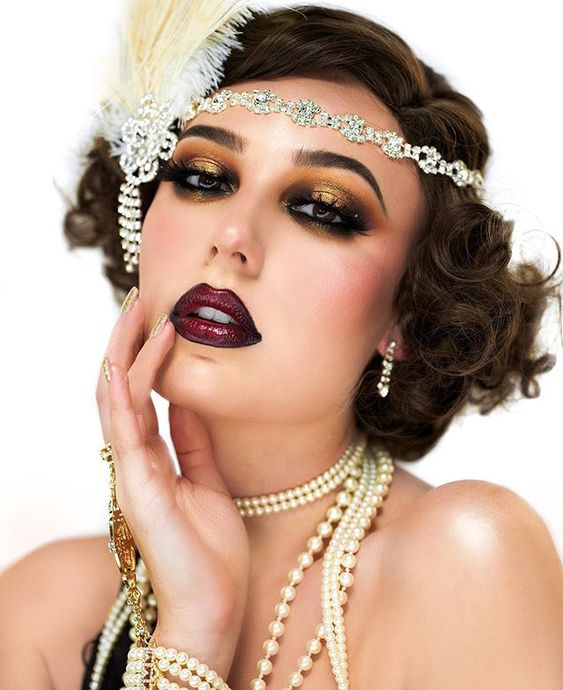

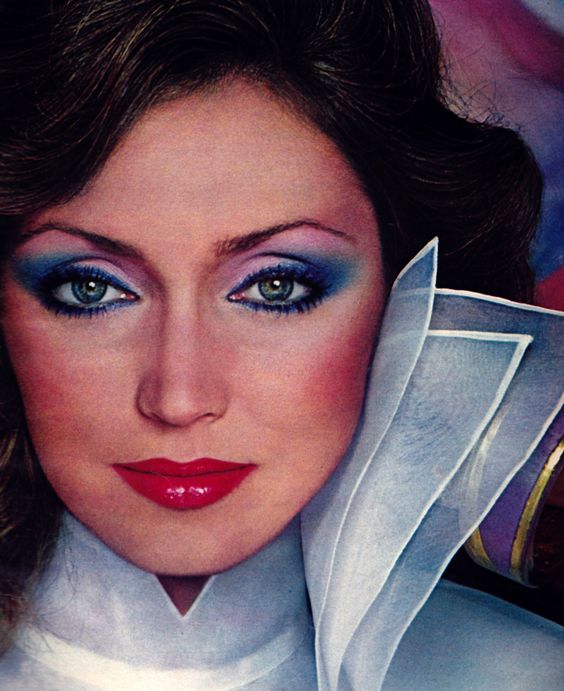
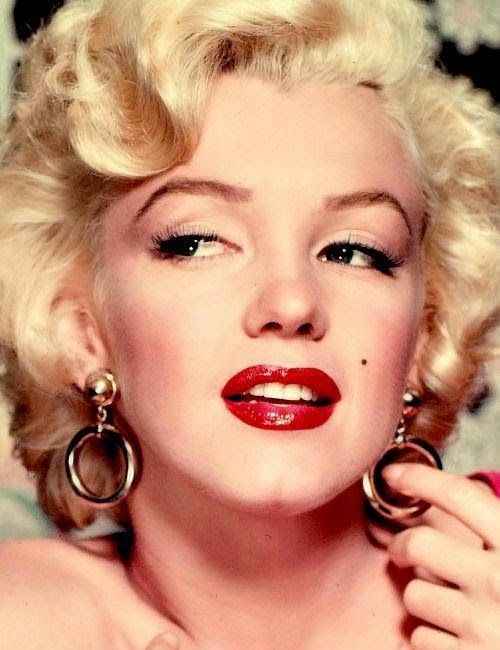

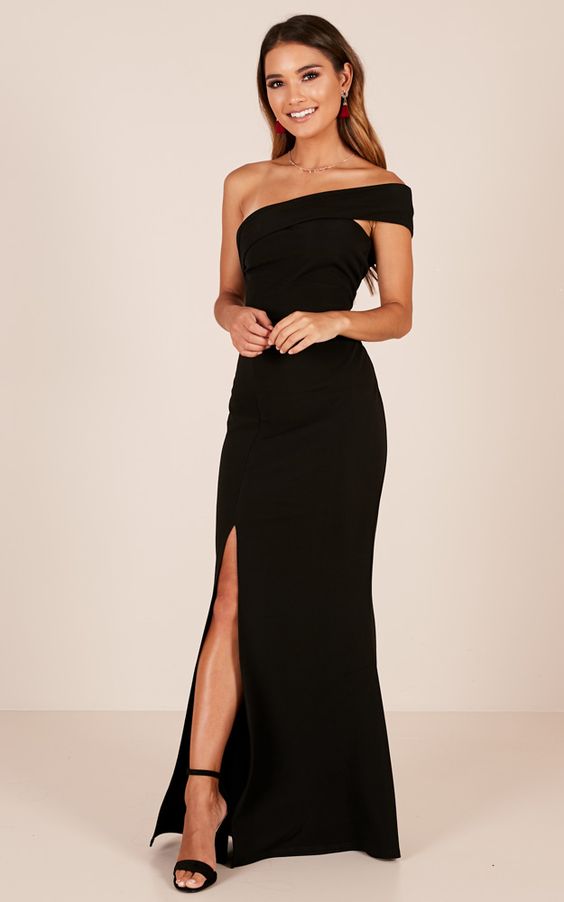
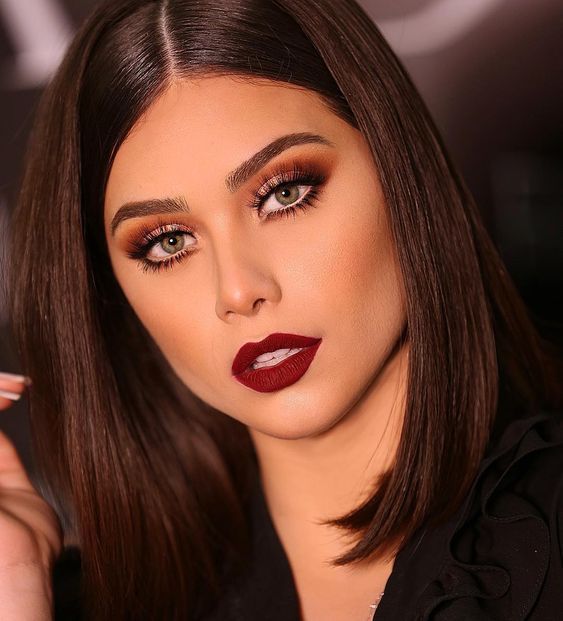
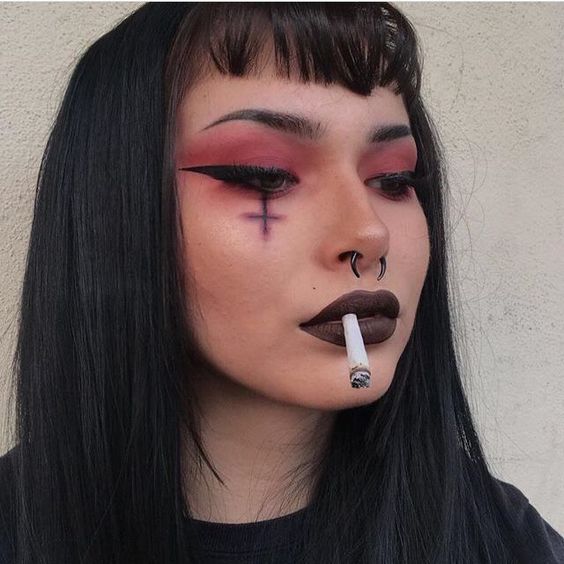


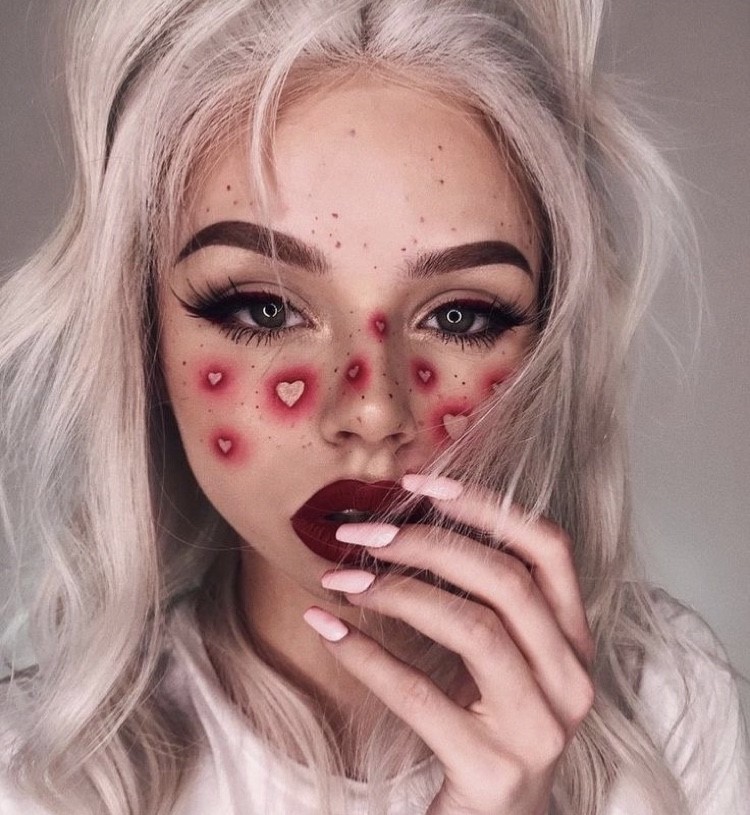
These fashions, hairstyles, and makeup looks all come together to create a character of yourself which can be seen as an expression of each persons identity and individuality, which can grow and change over time.
The definition of identity is who you are, how you think of yourself and how you are viewed by the world. Identity can be a make up of social, gender, cultural or place identity, and can therefore result in a lack of identity.
Typical ways of expressing identity is through the choice of clothing, makeup, hairstyles to more permanent things like tattoos and piercings; which often stretch to aspects of cultural identity
Examples of Identity photographers include:
Jessa Fairbrother: She frequently appears in her own images, piercing and embroidering them to employ process as action. Needle perforations and thread puncture the skin of the photograph, extending image-objects beyond a single time and space.

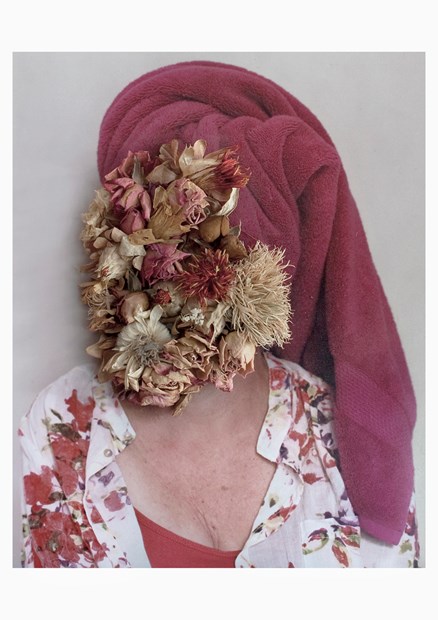

Phillip Tolendano: One of his projects ‘A new kind of beauty, shows portraits of people who have re-created themselves through plastic surgery. He believes that we are at a turning point in history where we are beginning to define not only our own concept of beauty, but of physicality itself.
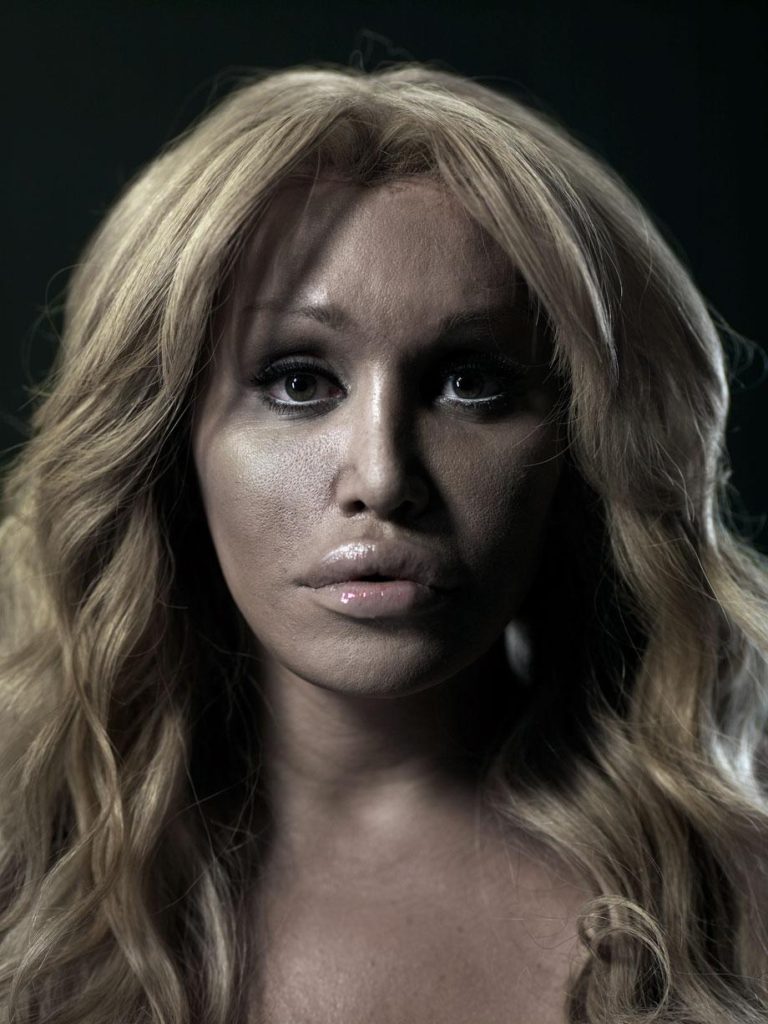

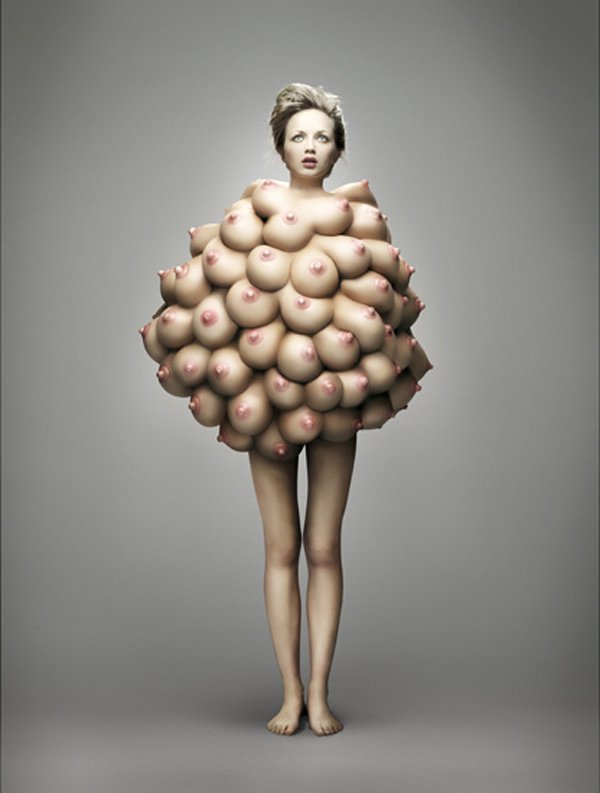
Diana Markosian: known for her experimental approach to storytelling, She uses photography and video to explore peoples personal journeys. Her work is both conceptual and documentary


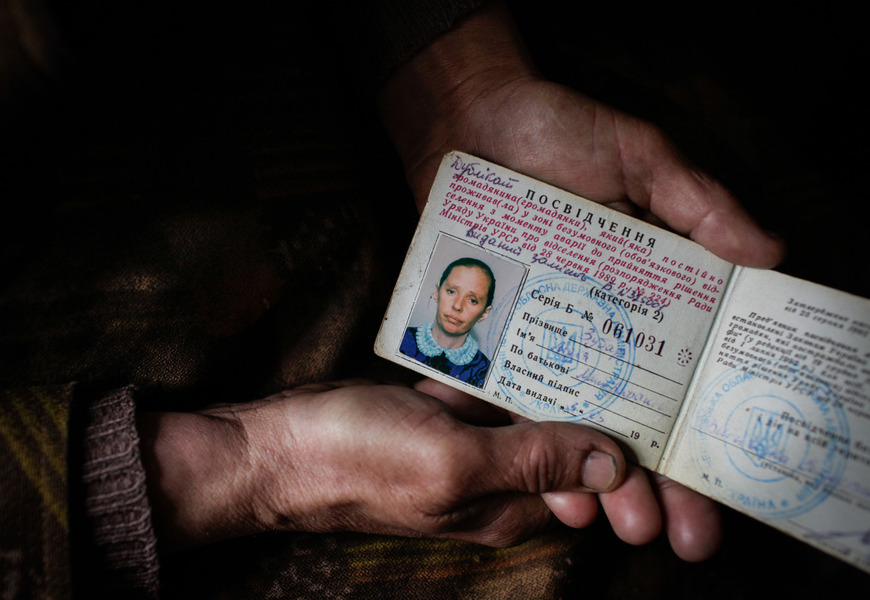
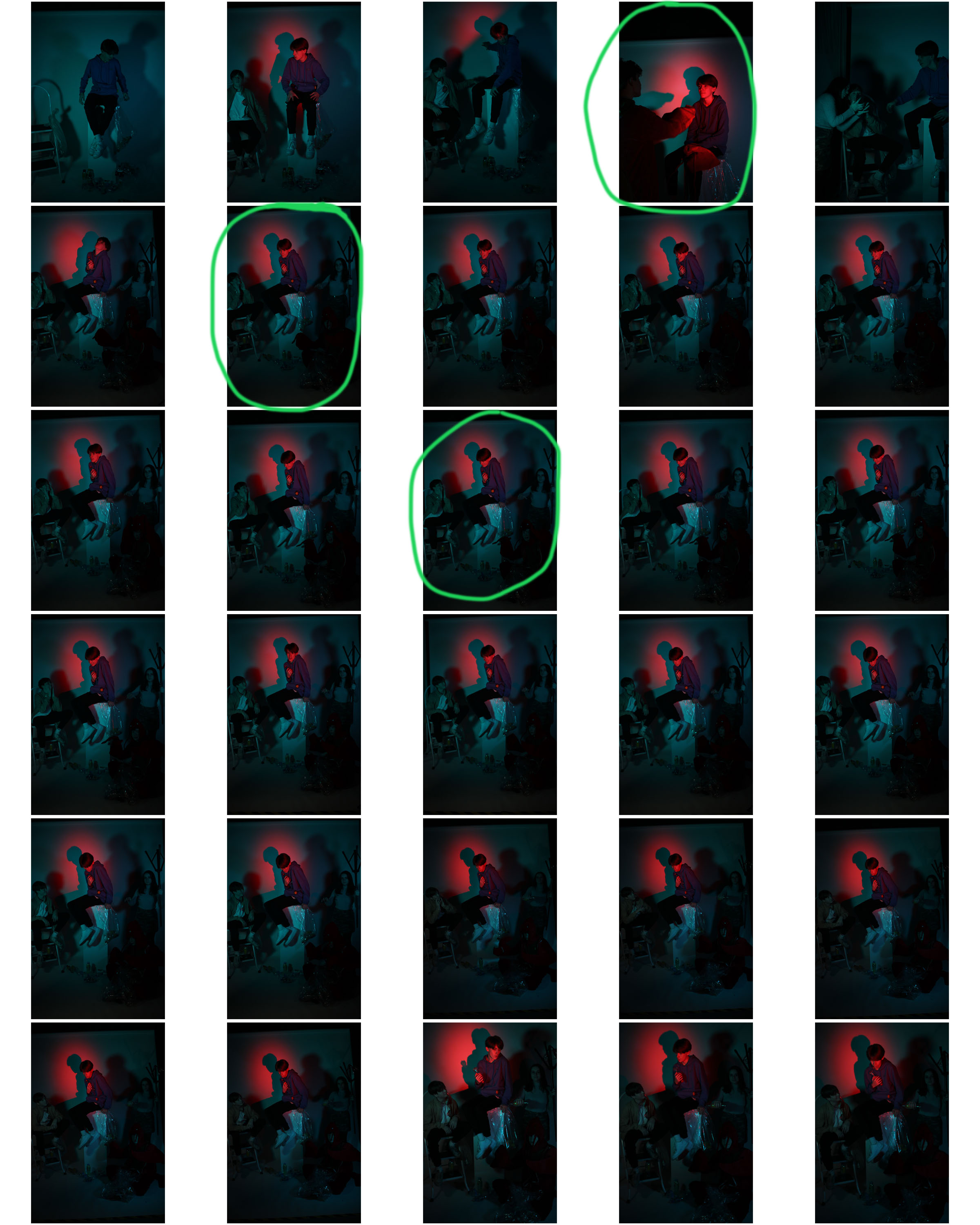

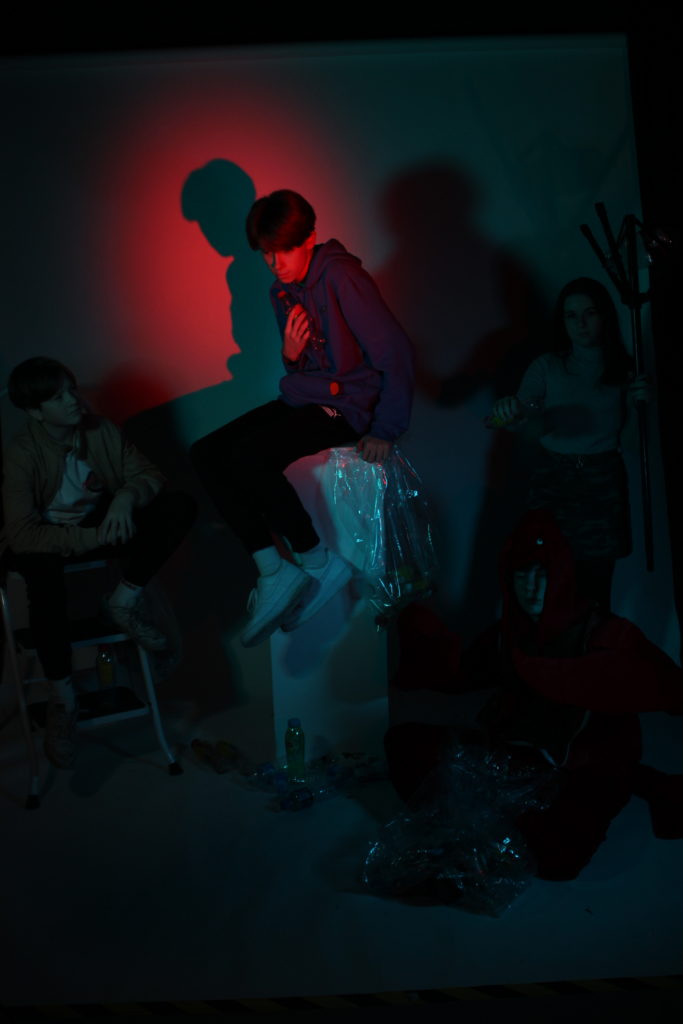

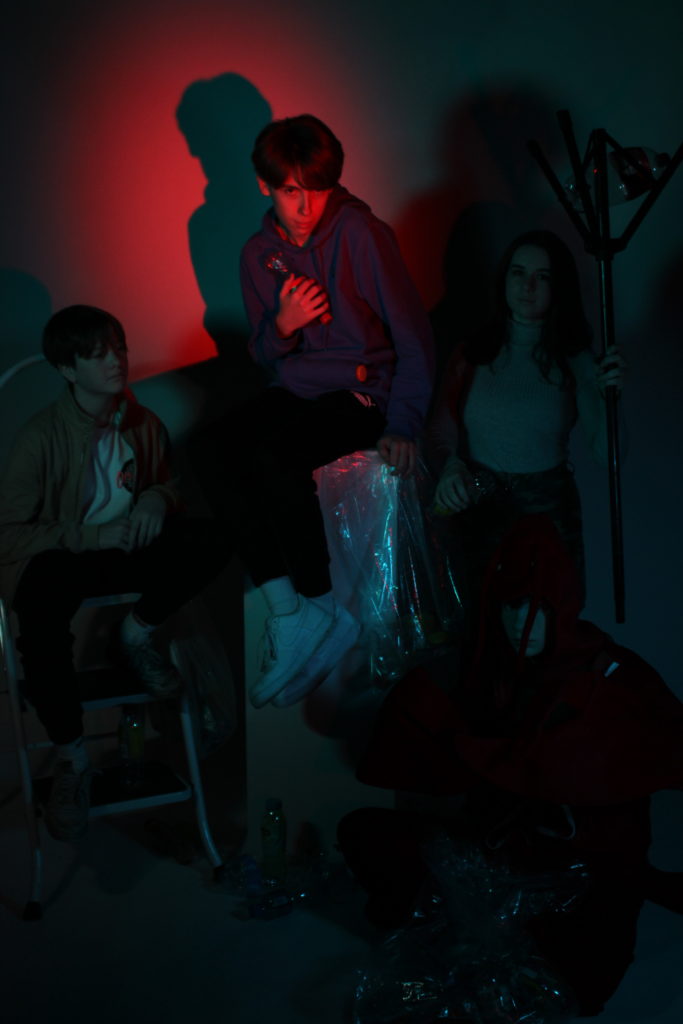
Tableu Vivant, french for living picture, describes a still image that shows a scene of one or more subjects. It combines the aspects of visual arts and theatre, with them carefully posed, usually in costume, with a constructed scenery and theatrical lighting. Tableu paintings were first used in the eighteenth century, with a natural effect that also expressed a scene of drama.
Staging photographs allow for an amount of control over the image, in the same way that a painting is precisely created for only what the artist wants the audience to view
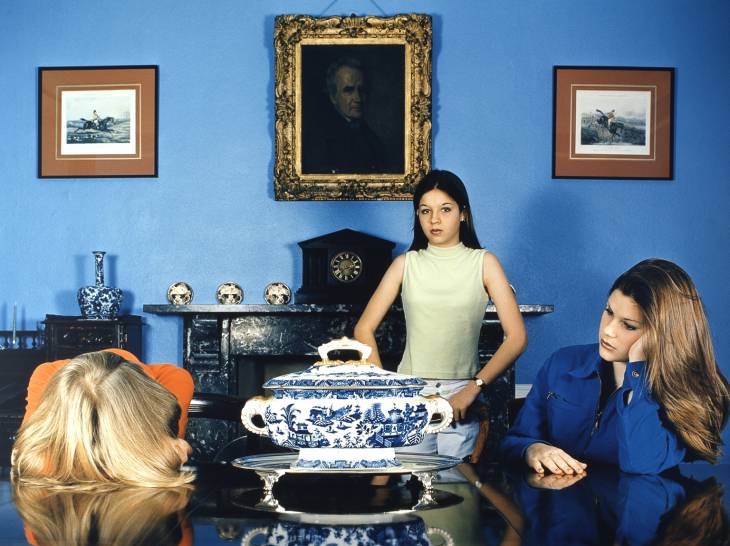
Rather then capturing spontaneity, artists stage their images with specific details planned out. This allows them to create events, environments and emotions in the image. This means that as well as the photographer, artist also become directors, with stage and costume design.
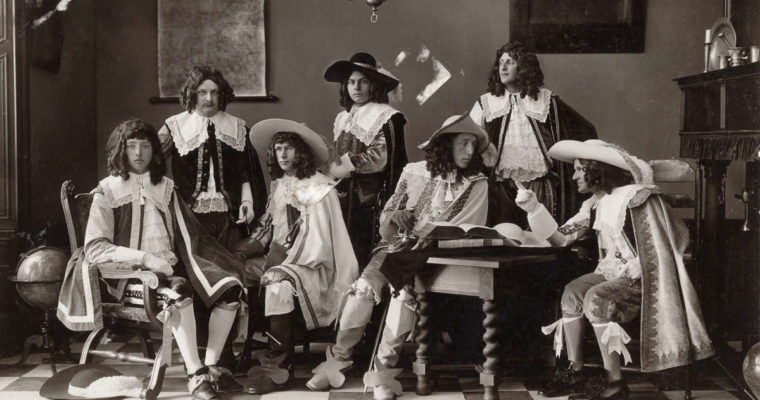
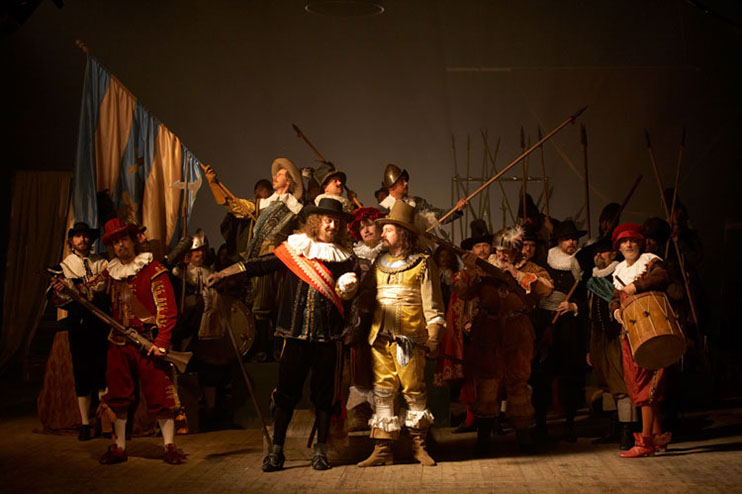
Tableu photography uses symbolism by exploring key themes such as sexism, feminism, isolation, gender roles, equality, political statements, power, status and environmental issues through staging scenes with props, costumes and backgrounds; allowing the build up of a storyline to the viewer that gives the image an entire concept.

